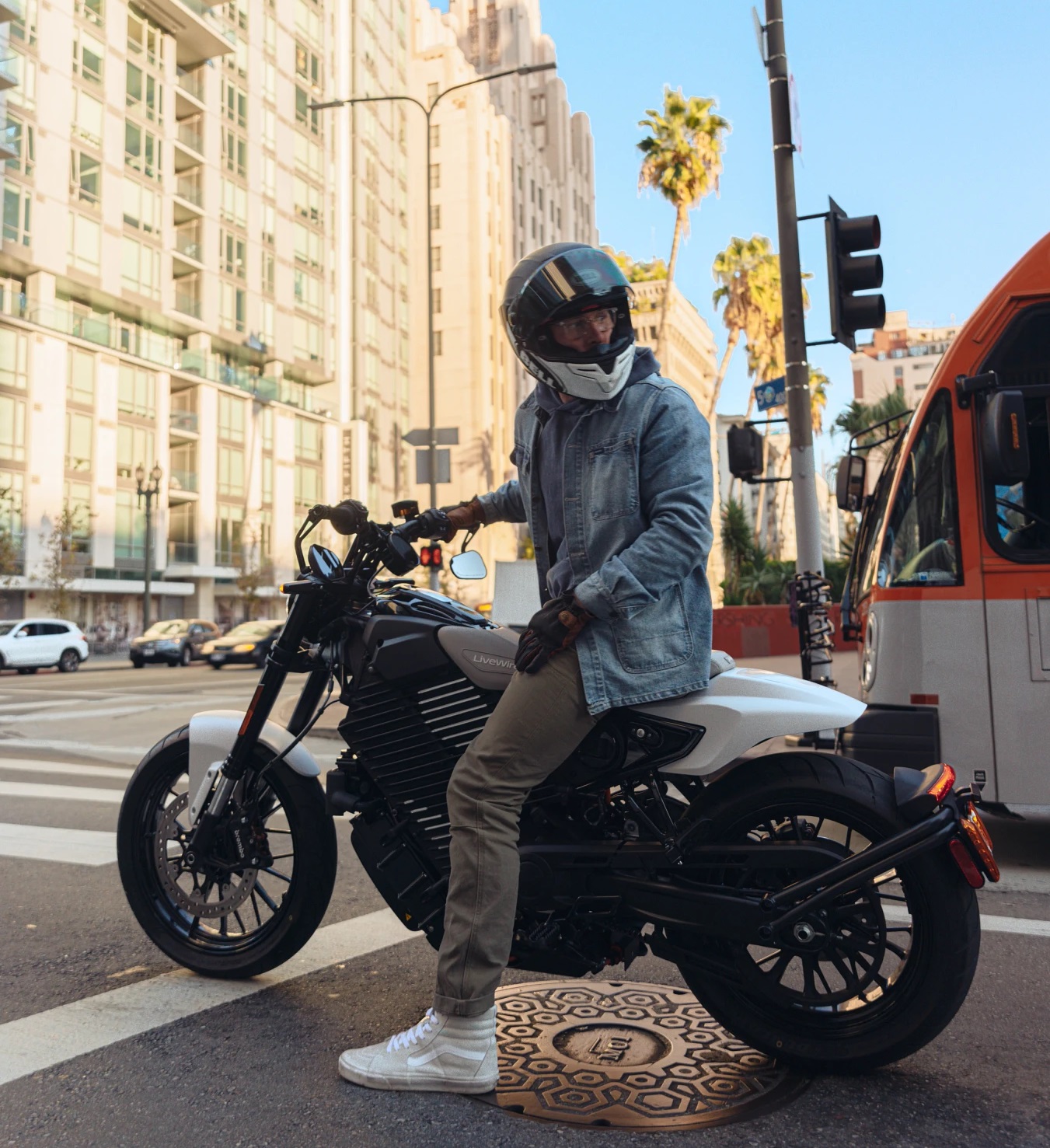Back in January, I wrote about the slowing growth trends of electric vehicle sales in general and my suspicion that sales of electric motorcycles, specifically, were going to stall. Now, we have a couple of additional data points and I think my predictions are coming true.
The key number is 275: That’s how many electric motorcycles LiveWire sold in the first half of 2024, based on its recent quarterly financial report. As a publicly traded company, LiveWire has to provide hard data, unlike privately held companies. LiveWire and Zero Motorcycles are the two main players in the street-legal electric motorcycle market. Sure, I know there’s Energica at the high end and there’s Surron, Talaria, and others for off-road-only use, as well as cheap Chinese offerings. But if you want to buy an electric motorcycle you can ride to work on just about any roads in the United States, you’re almost certainly going to buy a Zero or LiveWire, at this point.
Let’s be blunt: 275 is a sobering number on several fronts. First, LiveWire put a positive spin on its sales numbers by noting it is now the top-selling electric motorcycle brand in the United States. That just means that Zero, which has been at this for more than a decade, is still selling bikes at a trickle, not a flood. Second, it shows that the introduction of the more affordable LiveWire S2 Del Mar and S2 Mulholland, which cost $15,499 and $15,999, respectively, has boosted sales (LiveWire sold just 50 motorcycles in the third quarter of 2023 when its only model was the $22,799 LiveWire ONE) but not as dramatically as some expected. For now, LiveWire is sticking to its projection of selling 1,000 to 1,500 units for the full year 2024, but to do that it will have to sell three times as many in the second half as it did in the first half, which sounds like a tall order to me. And nobody ever talks any more about the projections company issued back in 2021 when LiveWire was about to go public. Back then, the company predicted sales of more than 15,000 motorcycles in 2024. Now, it’s hoping to sell a tenth as many. I know about “safe harbor” statements and the like, but I have to think that any investor who bought LVWR stock based on those 2021 projections has to feel a little burned.

“Where is everyone? I thought they said there would be thousands of us by now.” LiveWire photo.
The challenges that have put so many promising electric motorcycle manufacturers out of business, from Mission to Brammo to Alta to Sondors and more, haven’t changed. It’s hard to build a good, useful electric motorcycle because more batteries provide more range but also add too much weight. Because of limited range, electric motorcycles don’t work for most riders as an only bike. Their niche is urban commuting. And at that point, many consumers just buy an electric bicycle, because they can ride without getting a motorcycle license, can get away with riding it on bike paths and parking on sidewalks, and they can bring it into their urban apartment at night instead of finding expensive or sketchy street parking.
My general thesis back in January was that the market has chewed through the supply of electric motorcycle early adopters — the people who are enthused and just really want one. Now, selling more comes down to making a practical case for buying an electric motorcycle. And despite their advantages of ease of use and low maintenance, it’s a difficult argument to make.
This should not be taken as bashing electric motorcycles. On the contrary, as I’ve written in the past, I really want one. It wouldn’t work as my only ride, but it makes the ideal third bike, the one I’d hop on every time for all my local transportation. And I’m closer than ever to actually buying one because of another aspect that could be discouraging to owners of electric motorcycles: They depreciate rapidly. I’m now seeing hardly used three-year-old Zeros listed for sale at prices half or two thirds of the original MSRP.
One final note on LiveWire: The company recently qualified for $89 million through a $15.5 billion program by the U.S. Department of Energy to provide grants and loans to support the electric vehicle industry. In LiveWire’s case, the money would go to convert manufacturing space in Harley-Davidson’s huge factory in York, Pennsylvania, to retrain workers, and to hire at least 125 new employees. I understand the desire to keep as much of a growing industry and jobs as possible in the domestic economy, but as a taxpayer, I can’t say I’m so thrilled about spending $89 million to help LiveWire expand production when it’s having enough trouble selling the motorcycles it’s already making.
